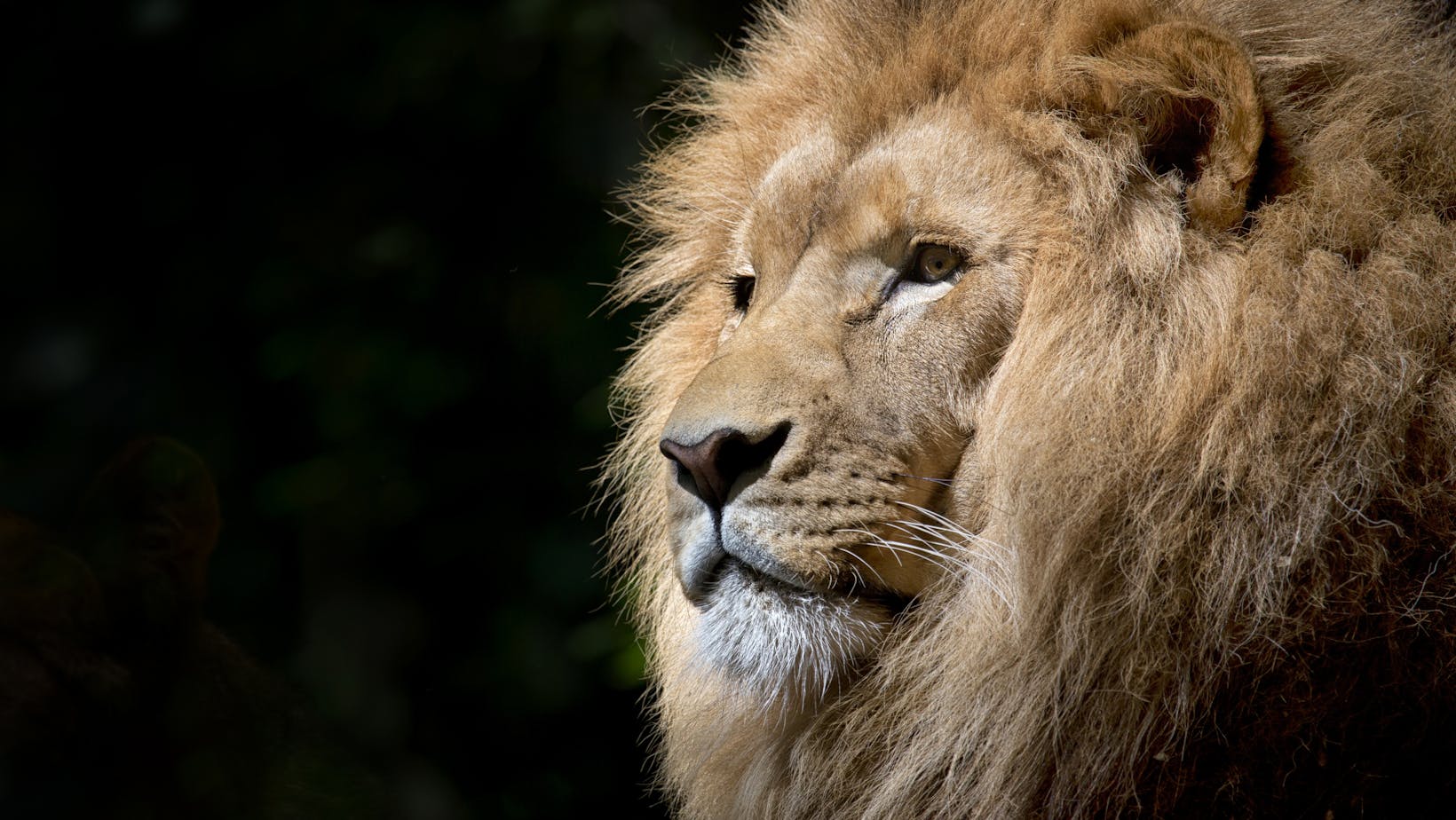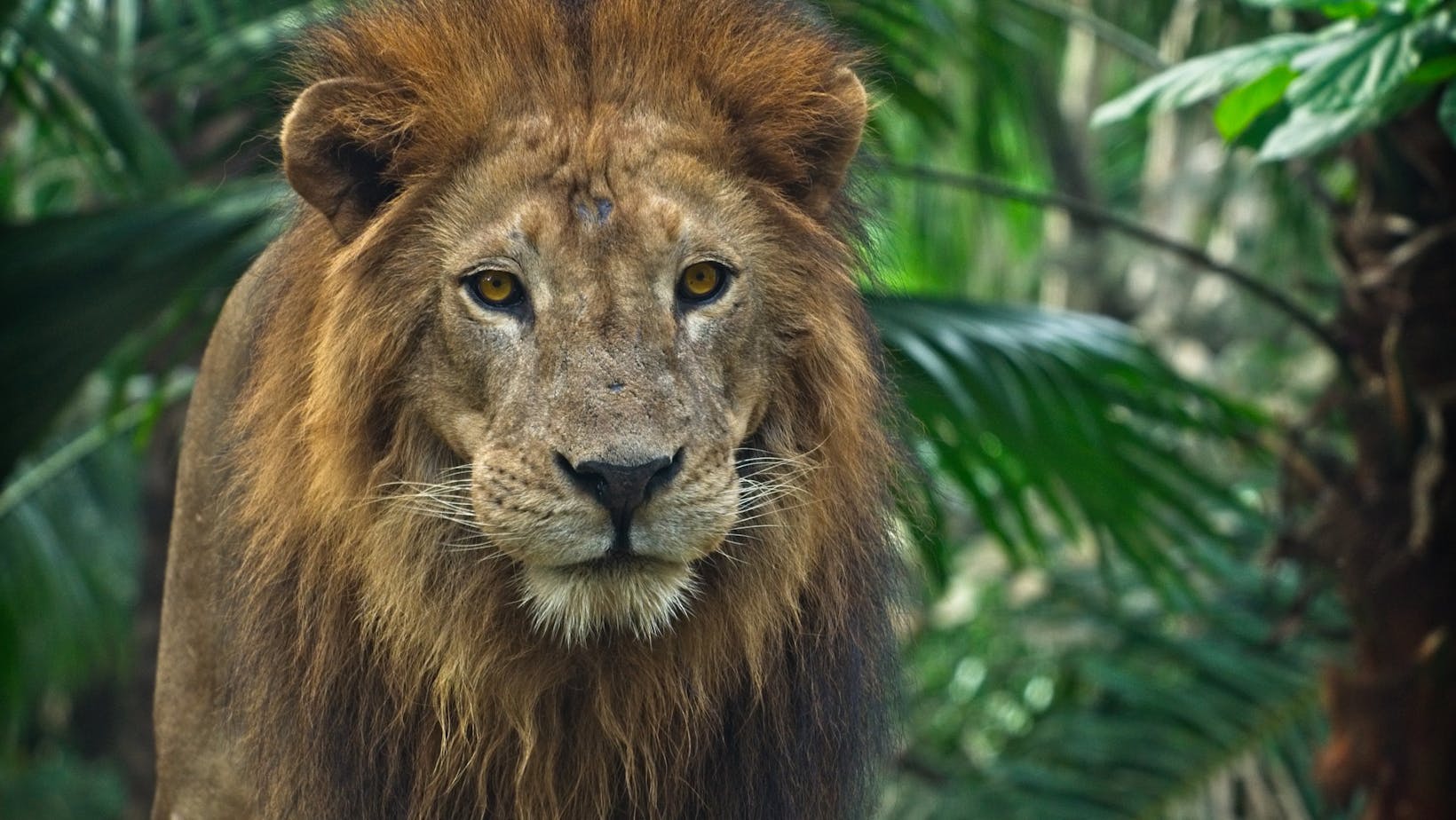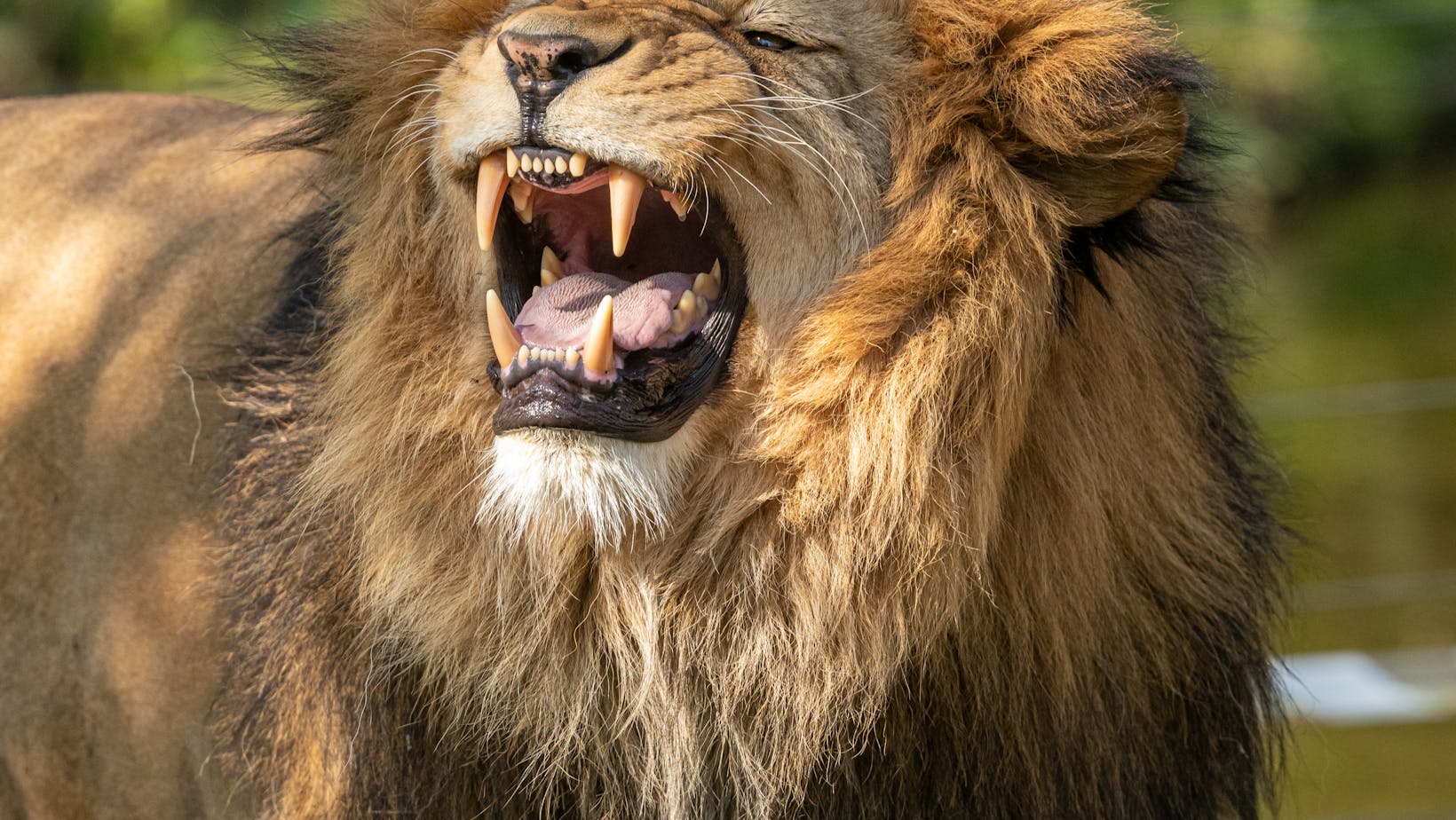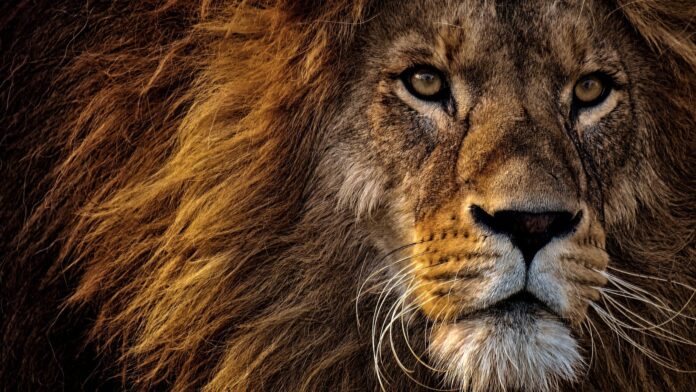Majestic and powerful, the lion holds a revered place in the animal kingdom. Often dubbed as the ‘King of the Jungle’, this magnificent creature captivates with its raw strength and commanding presence. From their keen senses that keep them constantly alert and oriented to their intricate social structures, lions embody both grace and resilience in the wild.
Drawing:aahhn84abxq= Lion
 Continuing the journey, it’s essential to grasp a deeper understanding of the lion as a species. This part of the article sheds a light on the habitat and the physical characteristics of this magnificent creature with latest happenings of its species’ condition.
Continuing the journey, it’s essential to grasp a deeper understanding of the lion as a species. This part of the article sheds a light on the habitat and the physical characteristics of this magnificent creature with latest happenings of its species’ condition.
Lions inhabit various landscapes ranging from the open savannah to thick brush and scrub. The African continent primarily serves as home for these regal predators. Countries such as Kenya, South Africa, and Tanzania host most of the lion population. Substantiation of this information derived from the esteemed source – International Union for Conservation of Nature (IUCN).
Lions carry a distinctive array of physical features. An adult male, for instance, boasts a noteworthy mane, serving both as a display of strength and protection during conflicts. Female lions, or lionesses, lack manes, making them adept hunters due to their lighter build. A lion’s muscular body and powerful jaws illustrate its strength, while its tawny coat allows it to blend into its environment, as discussed in a study published in the Journal of Zoology.
Lion Social Behavior
Pride Dynamics
A lion pride, defined by the University of Minnesota’s Lion Center, consists typically of about five or six lionesses, their cubs of both genders, and one to two adult males. Male cubs exit the pride once they mature and set off to seek out prides of their own. It’s important to note that lionesses lead the pride, structurally and socially. They establish territories, rear the young, and retain long-term membership in the pride. Males, on the other hand, serve as transient defender roles. Their tenure lasts only as long as they can maintain power, often resulting in turnover every two or three years according to the Journal of Mammalogy.
Hunting Strategies
 While on hunts, lionesses employ a form of teamwork, noted in a collaborative study by Savana Research Center and the National Geographic Society. They surround their prey, with each lioness taking on a specific role. The ‘wings’ fan out on either side and slowly close in, while the ‘center’ lionesses drive the prey towards the wings. Once the circle is tight, the ‘killers’ go in for the kill. What makes this even more striking is that these roles aren’t fixed. The positions shift based on the terrain, wind direction and type of prey. Despite their size and power, lions succeed only about one in four times, a testament to the harsh realities of life on the savannah as observed in a study by the University of Minnesota’s Lion Center.
While on hunts, lionesses employ a form of teamwork, noted in a collaborative study by Savana Research Center and the National Geographic Society. They surround their prey, with each lioness taking on a specific role. The ‘wings’ fan out on either side and slowly close in, while the ‘center’ lionesses drive the prey towards the wings. Once the circle is tight, the ‘killers’ go in for the kill. What makes this even more striking is that these roles aren’t fixed. The positions shift based on the terrain, wind direction and type of prey. Despite their size and power, lions succeed only about one in four times, a testament to the harsh realities of life on the savannah as observed in a study by the University of Minnesota’s Lion Center.
Conservation of Lions
Lions’ survival hangs in the balance, subjected to myriad threats. Of these threats, habitat loss plays a pivotal role. Expanding human populations and activities encroach on lions’ habitats, reducing suitable spaces for these majestic creatures. The transformation of natural landscapes into agricultural or urbanized areas leaves lions confined to fragmented and isolated patches of land.
 Additionally, human-lion conflicts ensue, attributed to retaliatory or pre-emptive killing of lions by communities. Oftentimes, lions’ preying on livestock invites human retaliation, further dwindling their numbers.
Additionally, human-lion conflicts ensue, attributed to retaliatory or pre-emptive killing of lions by communities. Oftentimes, lions’ preying on livestock invites human retaliation, further dwindling their numbers.
In response to these significant issues, numerous conservation efforts strive to protect lion populations. National parks and reserves, such as the Serengeti National Park in Tanzania or the Kruger National Park in South Africa, offer crucial sanctuaries for lions, safeguarding their habitats. Protective legislation enforces stricter penalties for illegal hunting or trade of lions.
Finding Hope for Survival
Lions are indeed a marvel of nature. Their status as the ‘King of the Jungle,’ distinctive social structures, and hunting strategies are a testament to their uniqueness. But they’re facing numerous threats. Habitat loss, human-lion conflicts, illegal wildlife trade, and climate change are all jeopardizing their survival. However, there’s hope.


